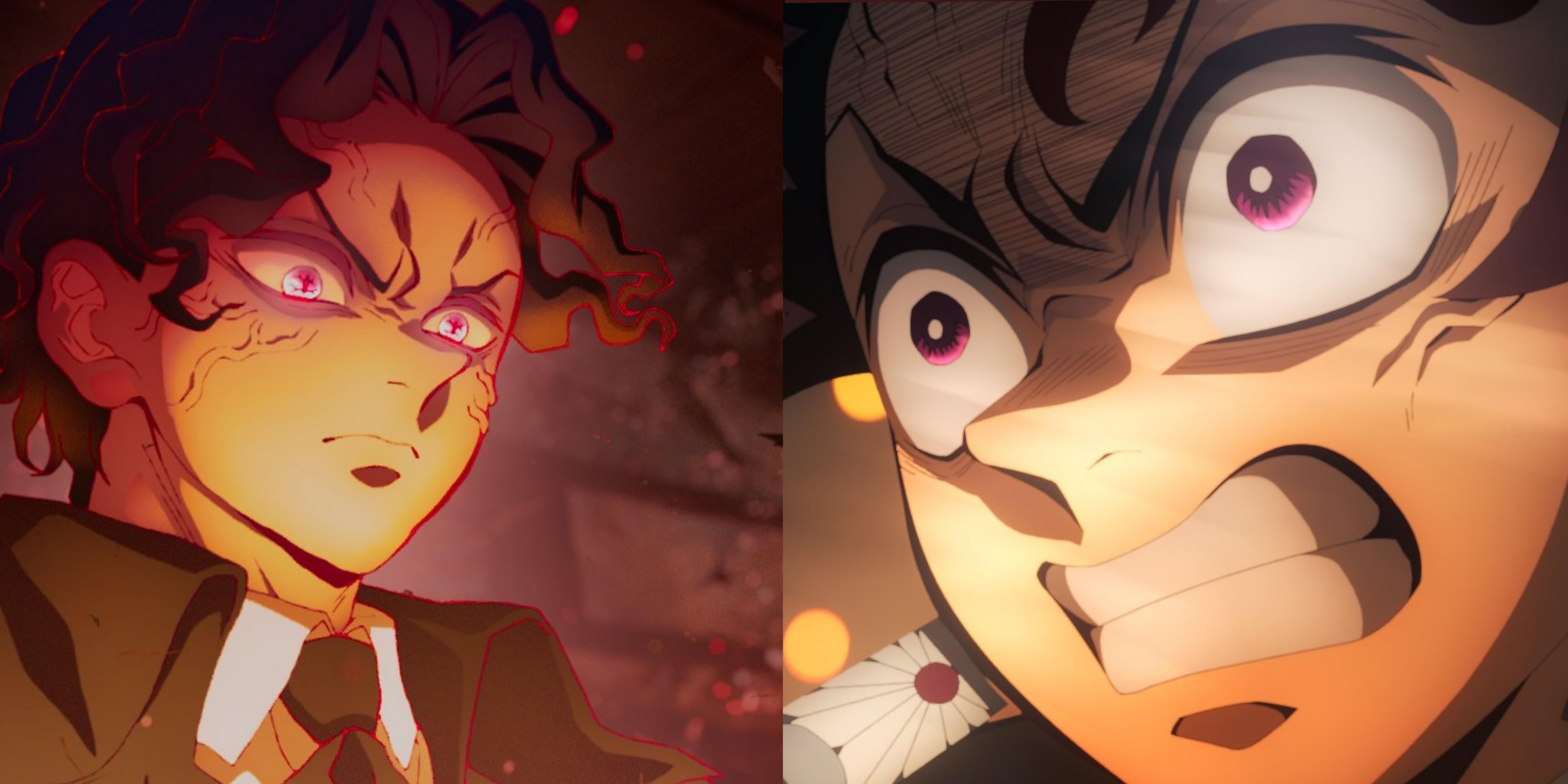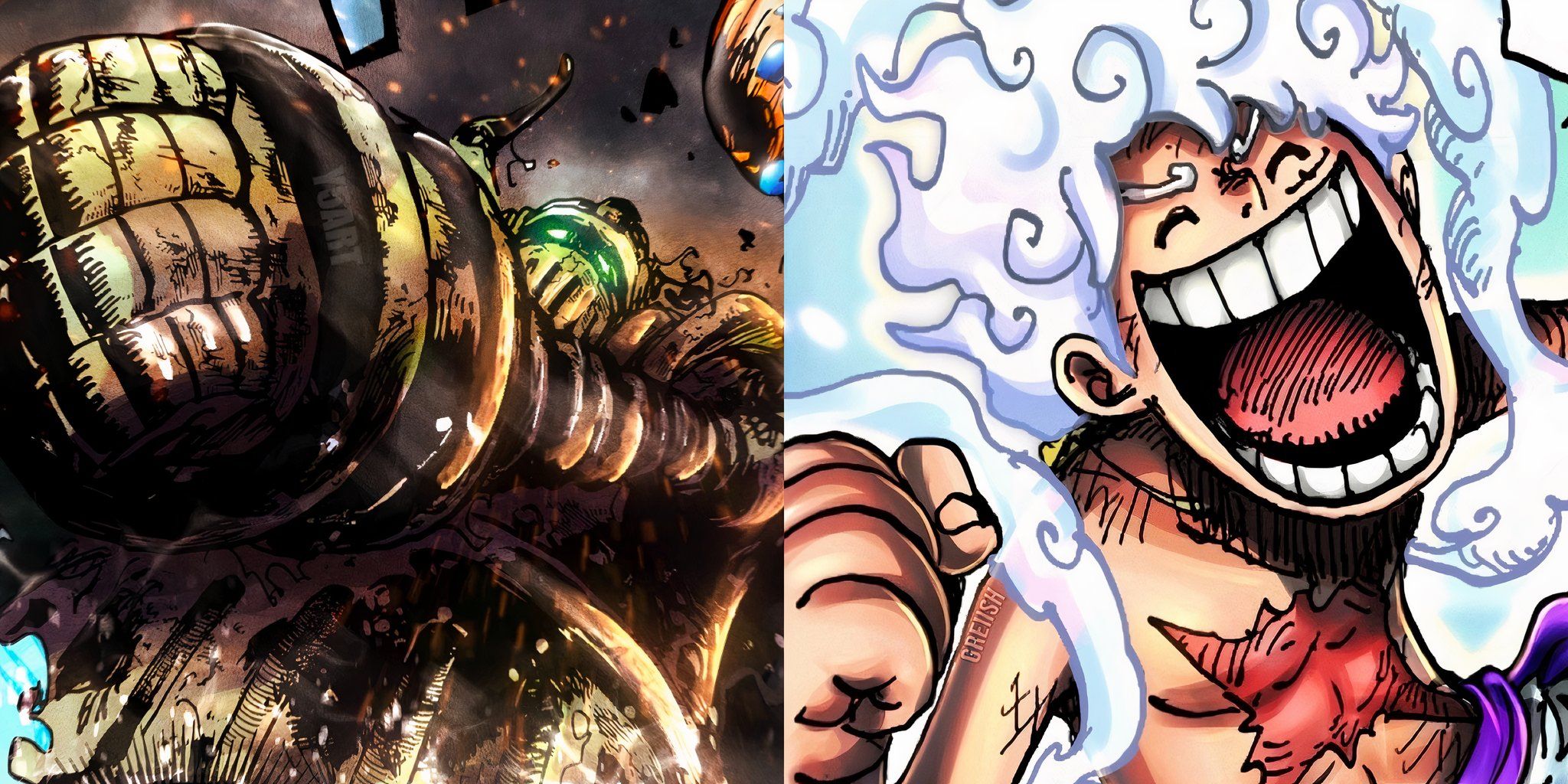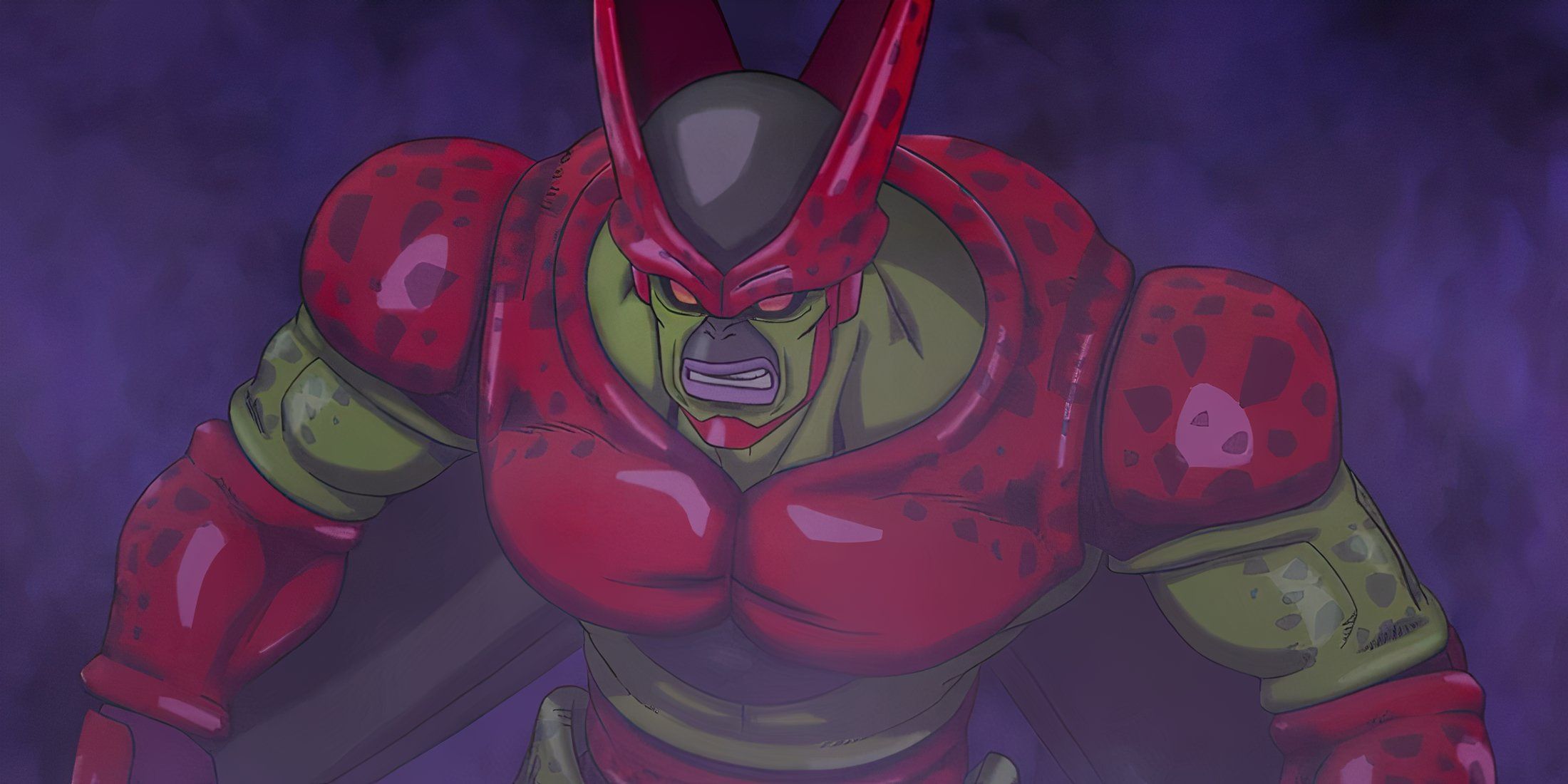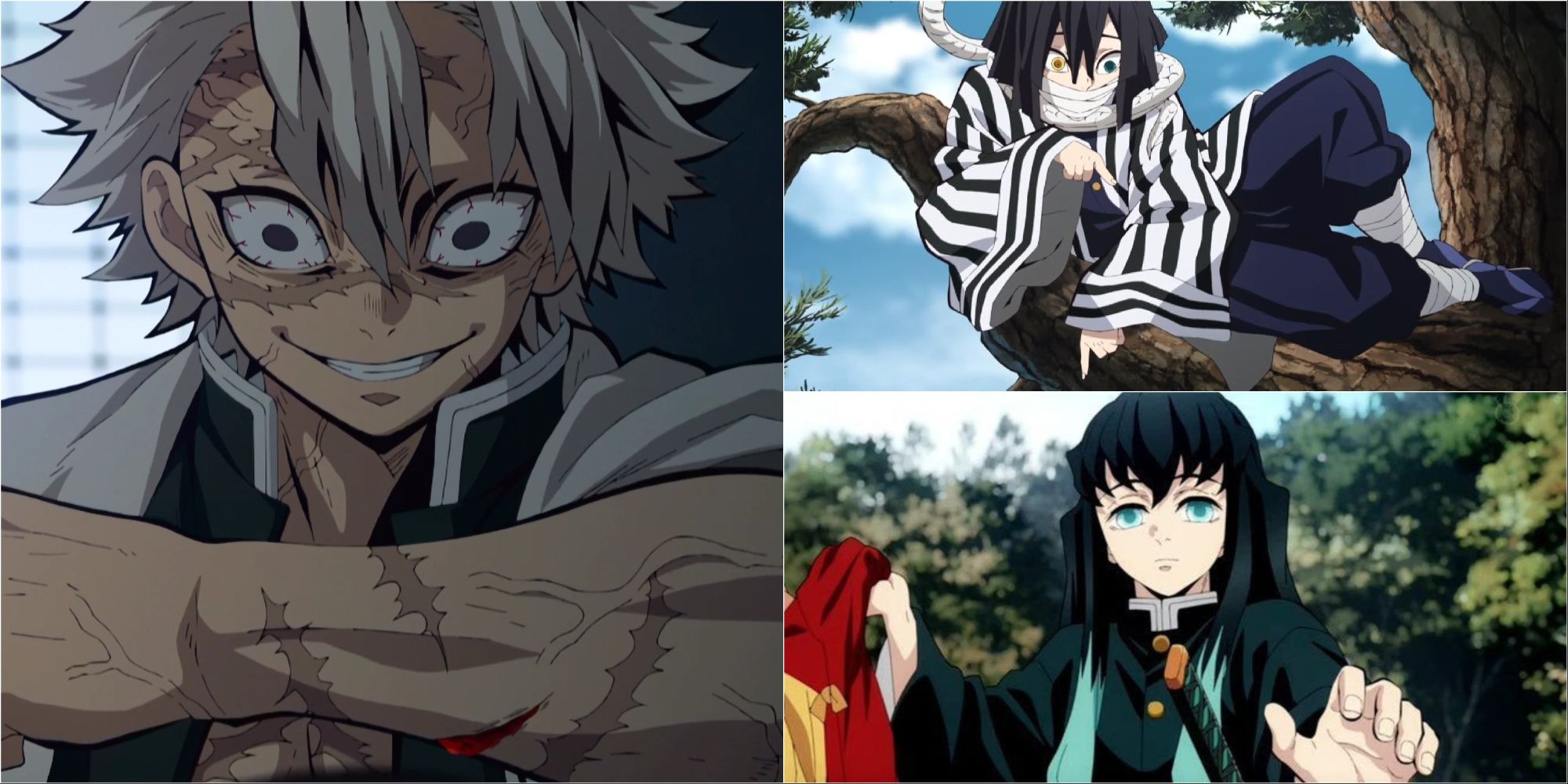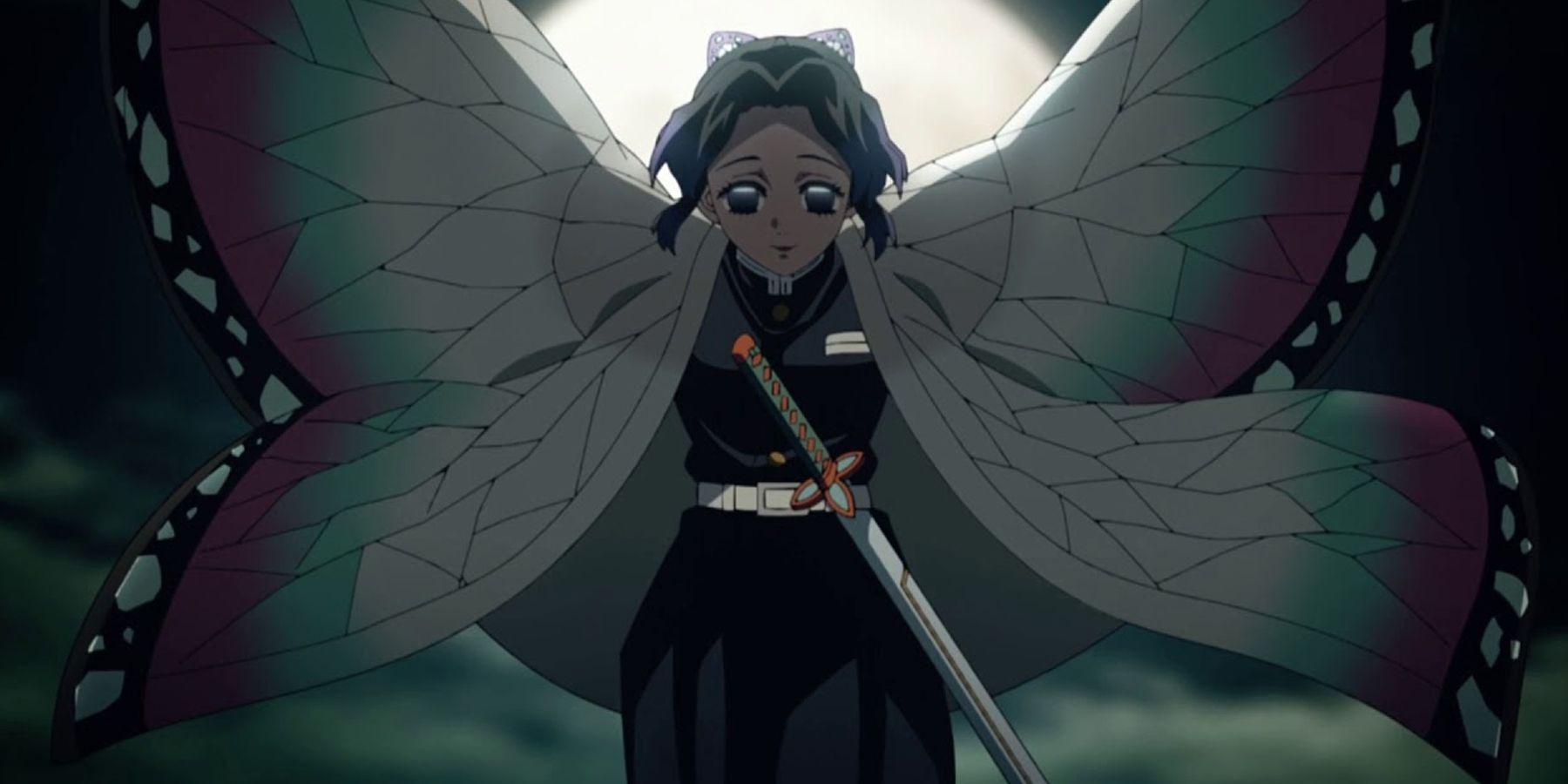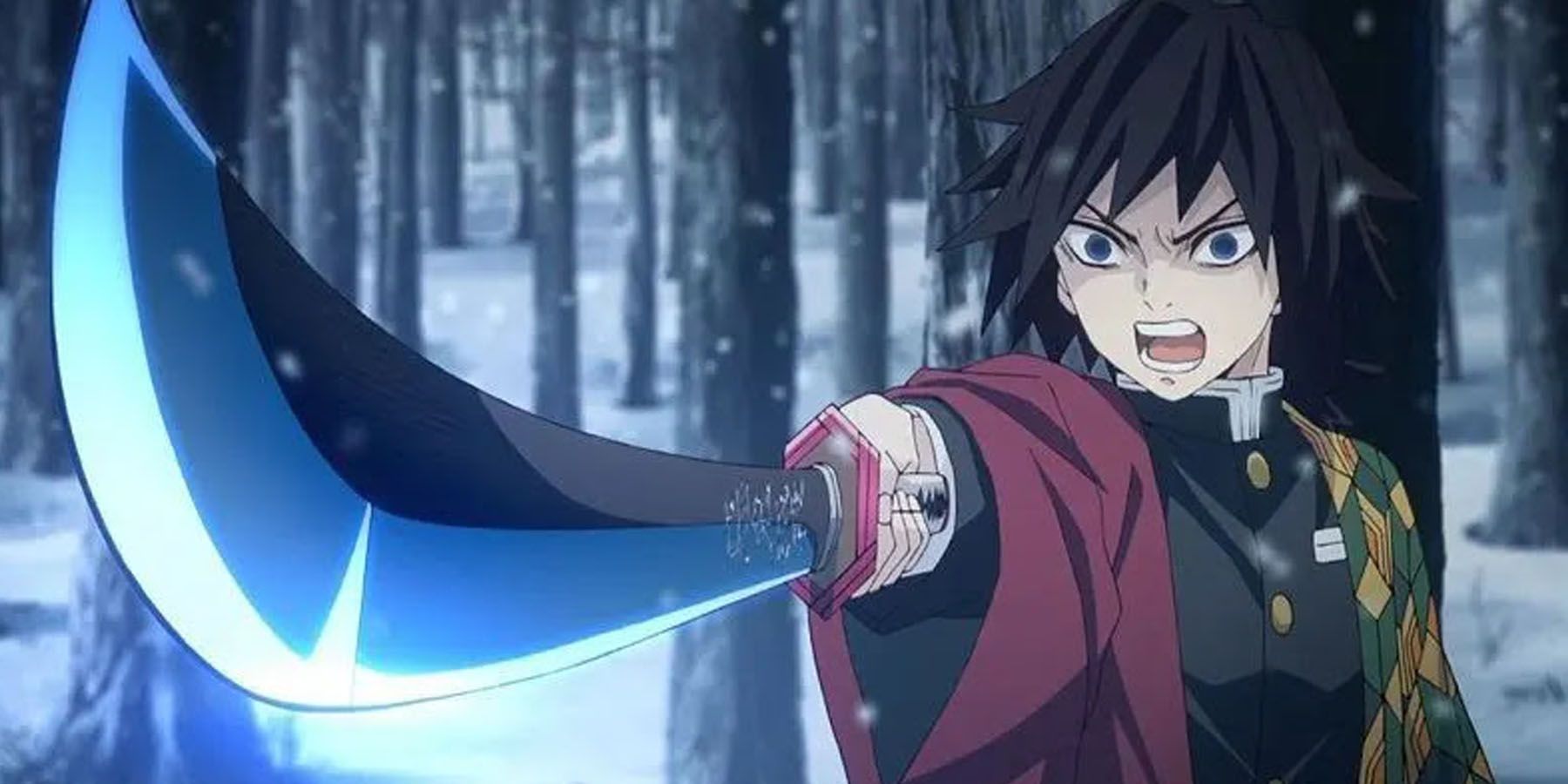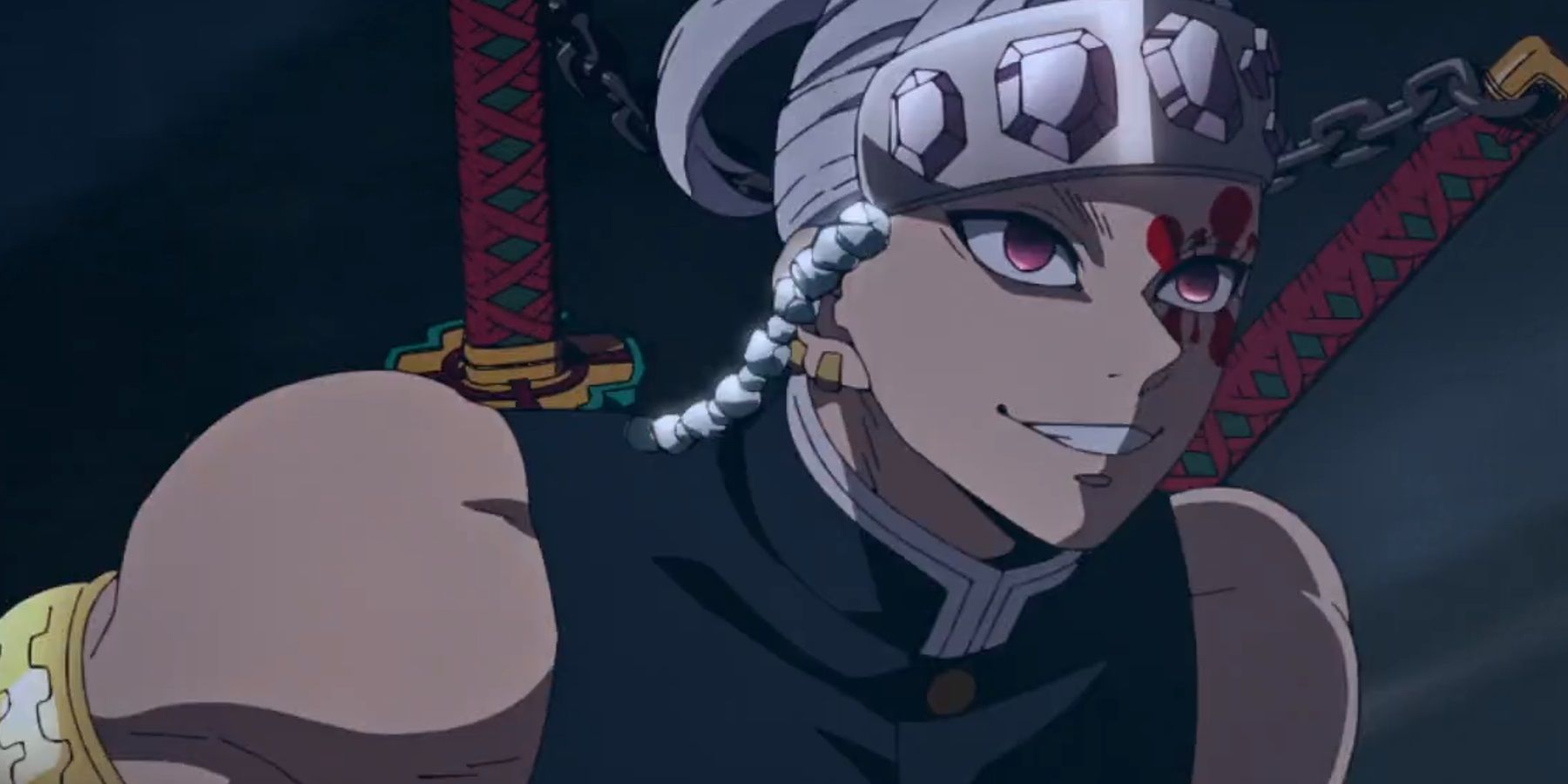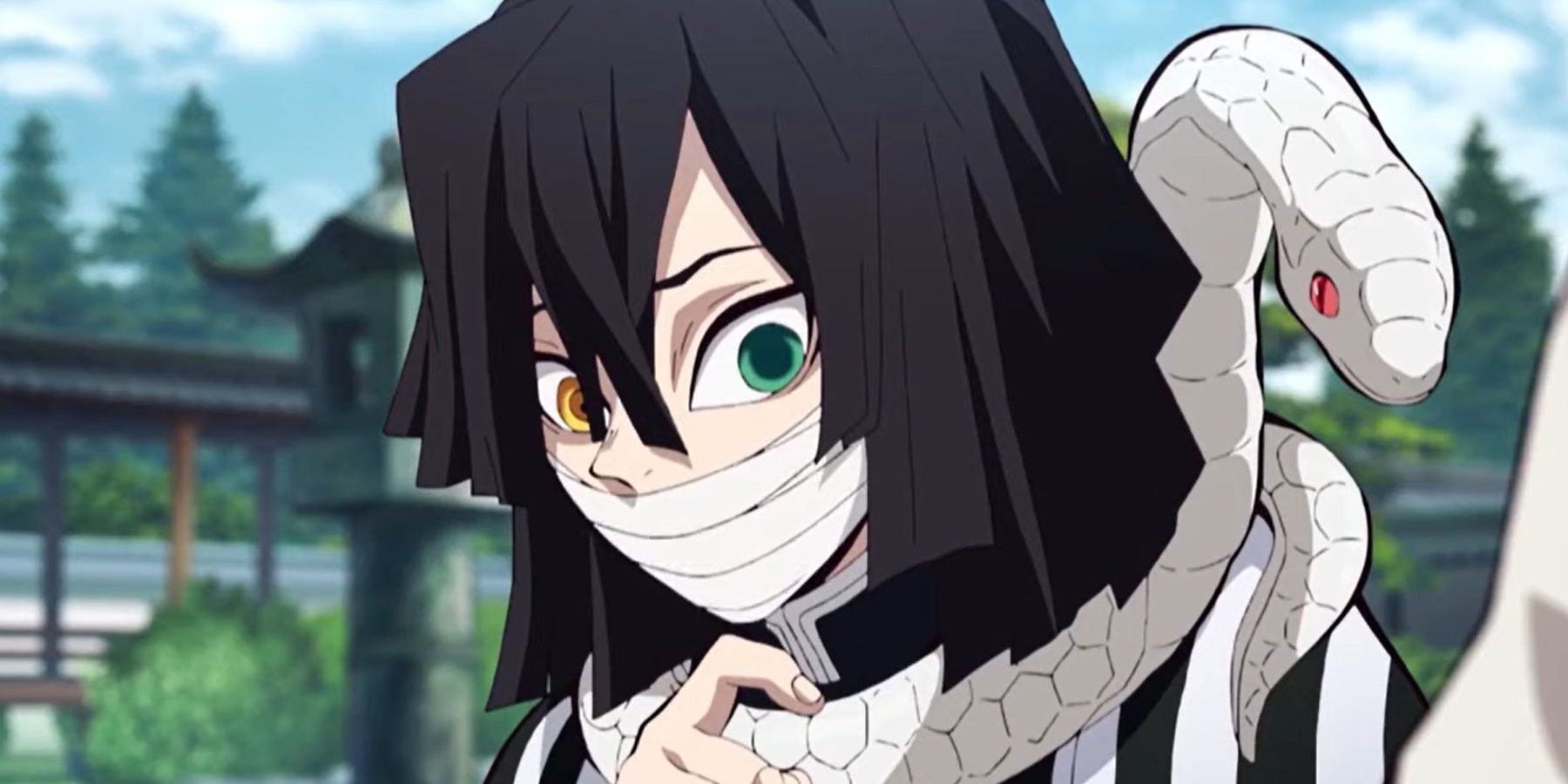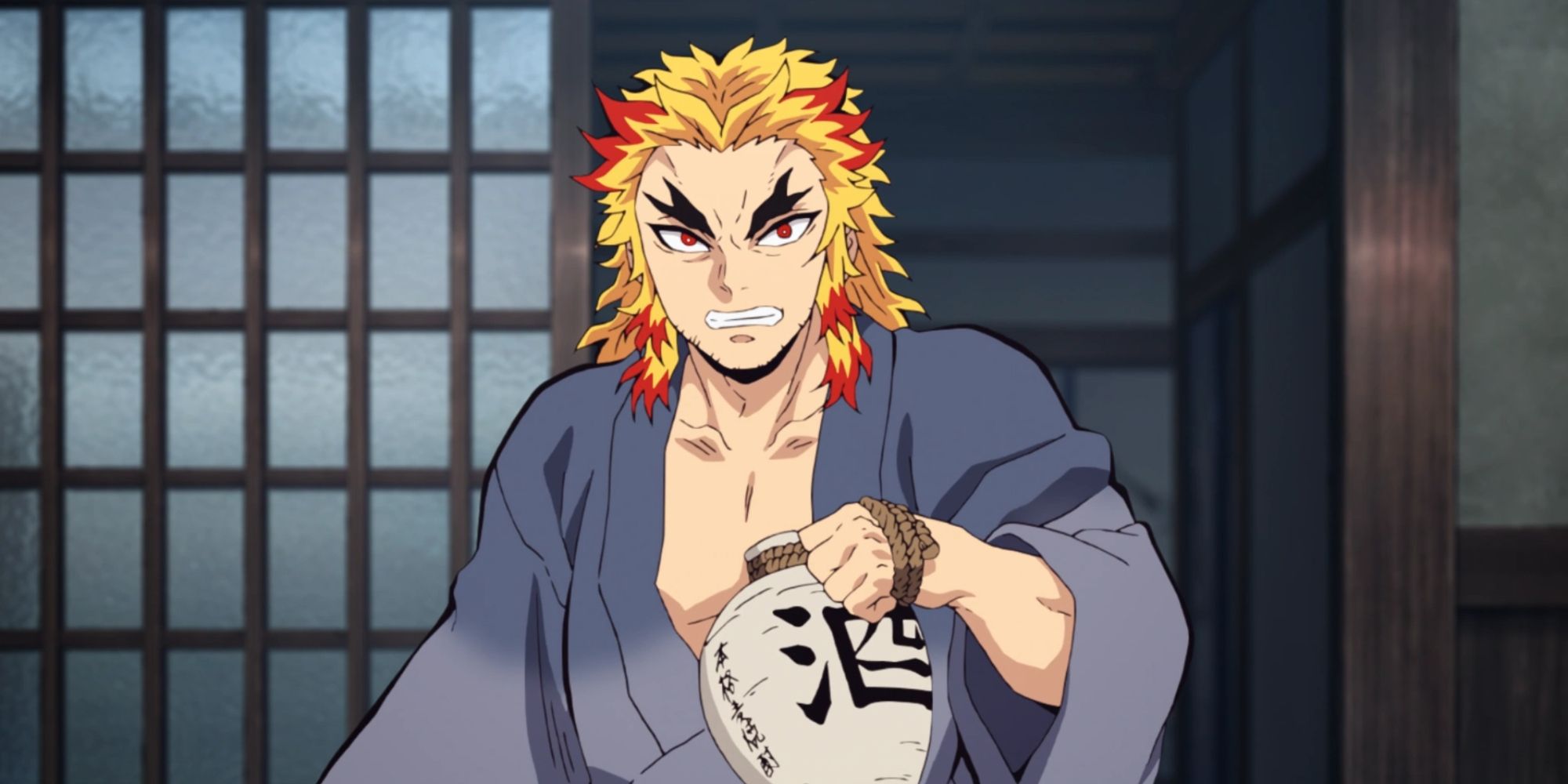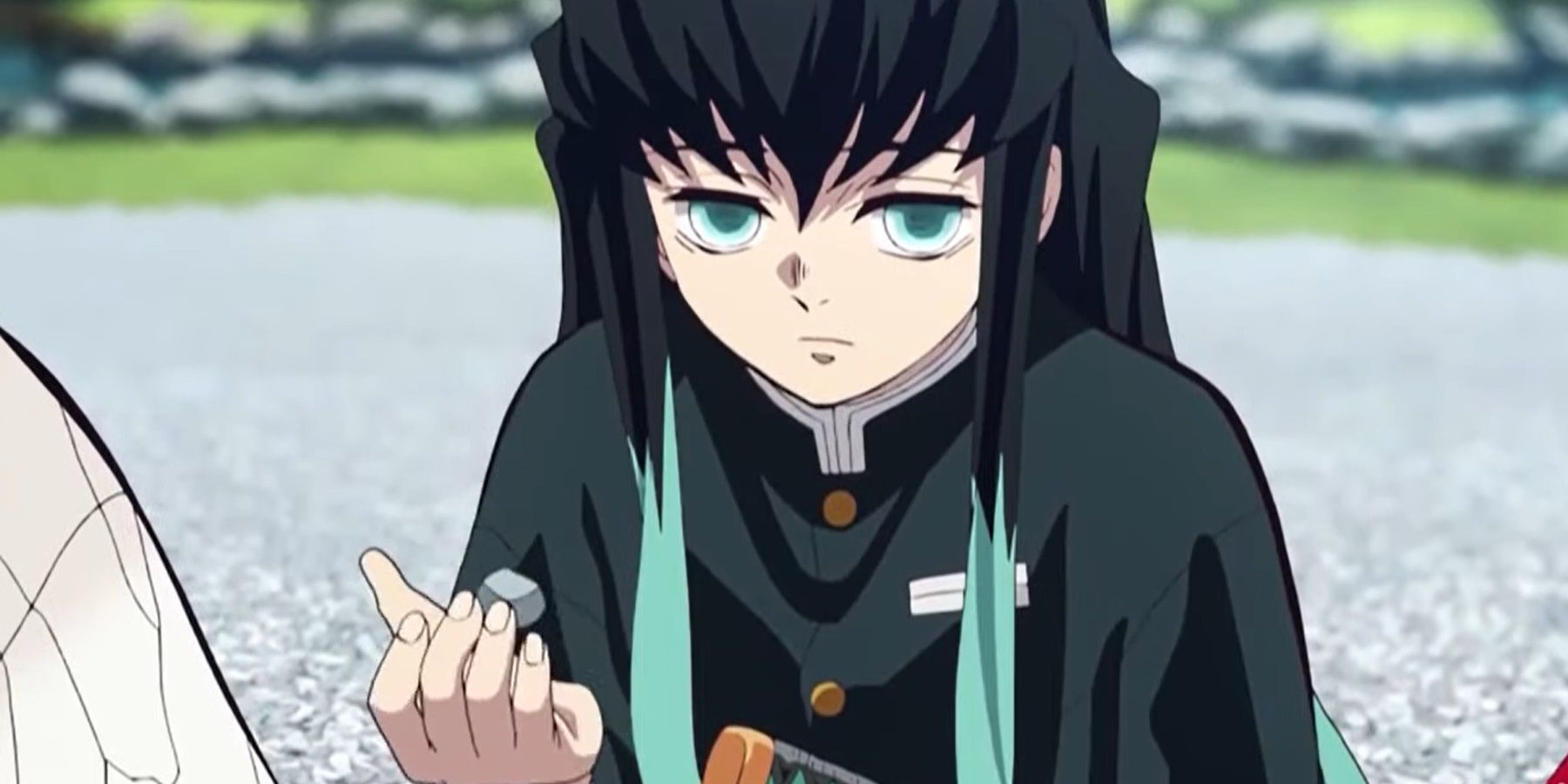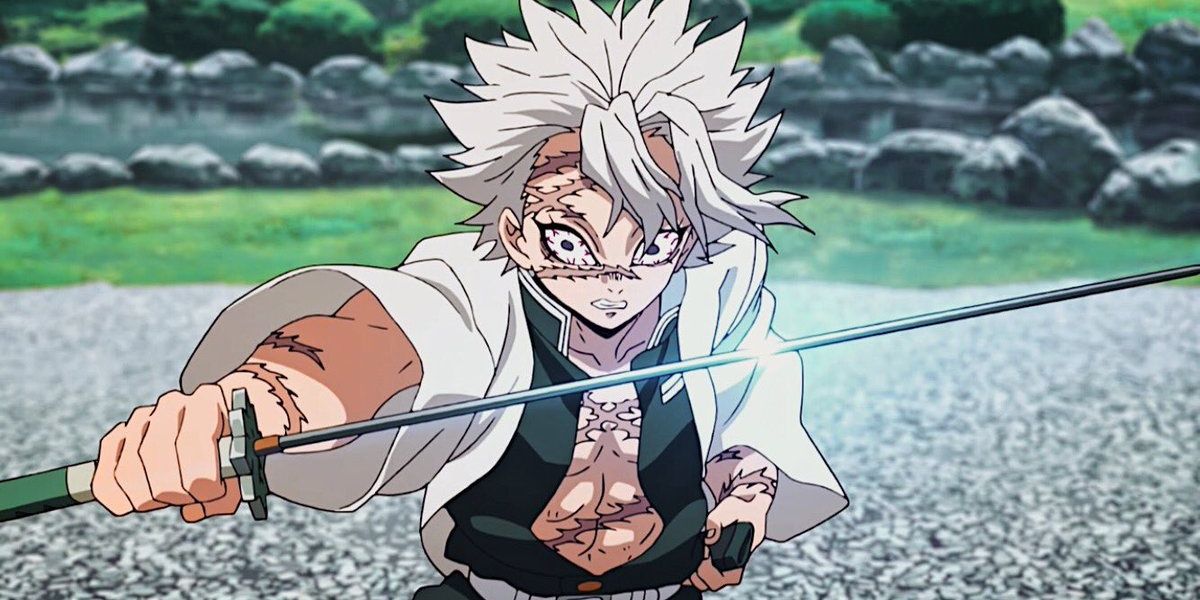That Demon Slayer: Kimetsu no Yaiba has become a cultural phenomenon is largely due to the cast, full of fleshed-out characters with several nuances. Although the conflict is neatly divided into good versus evil, where the demon slayers take on the evil demons, the characters on the good side are not always complete saints and don’t always conform to a narrow idea of the term ‘good.’
Owing to the influence of several stories over the years, the word ‘hero,’ when mentioned, brings a particular picture to mind: a valiant knight in shining armor or a person similar to the people-focused Robin Hood. Demon Slayer’s heroes, however, challenge this idea. The Hashira are the most powerful of the good guys, but sometimes these heroes do not faultlessly fill that role. Here are the seven least heroic of the Hashira in Demon Slayer.
7 Shinobu Kocho
The Insect Hashira, Shinobu Kocho, while a vital member of the Hashira, falls short of expectations when viewed as a hero in the traditional sense. She uses a unique style to kill demons, infecting them with poison rather than wielding a weapon as is generally expected.
She lacks the empathy that a hero like Tanjiro has for demons, in the sense that demons are humans who simply lost their way. Although her intense dislike for demons isn’t easy to write off as unheroic, since a demon killed her sister, she lets her desire for revenge make her less heroic than she could be.
6 Giyu Tomioka
When the Water Hashira, Giyu Tomioka, is first introduced, his dedication to slaying demons nearly leads him to kill Nezuko, who is harmless to humans. This dedication and swiftness make Giyu a good hero, but they could also lead to regrettable actions. In the presence of the other Hashira, Giyu is quiet and hesitant to speak, leaving Tanjiro and Nezuko to suffer the brunt of their questioning, despite the understanding he’s reached about their unique situation.
He doesn’t try to help them or stand up for them. Eventually, his attitude is revealed to be an inferiority complex since he didn’t pass the Final Selection like the other Hashira. Because of this emotional conflict, he does questionable things in certain situations that come across as harsh or selfish.
5 Tengen Uzui
The Sound Hashira, Tengen Uzui, led the battle in the Entertainment District Arc. In the beginning, Tengen goes about the mission in questionable ways. Because he needs girls to act as spies to investigate the disappearance of his wives, he tries to take Naho Takada and Aoi Kanzaki despite their apparent lack of consent, even smacking Aoi, showing a lack of respect for women and a lack of concern for their safety.
But when Tanjiro and his friends intervene, Tengen takes them instead, making them pretend to be women in uncertain situations. While the young demon slayers can handle themselves to a certain extent, Tengen putting them in danger seems less than heroic. Apart from this, Tengen can also be brash and self-obsessed.
4 Obanai Iguro
Obanai Iguro, the Serpent Hashira, dealt with a traumatic past before seeking redemption as a demon slayer, and this complicated history always marks his behavior as a Hashira. During the Entertainment District Arc, he shows a lack of concern and compassion for Tengen Uzui after his nearly fatal battle with the upper-rank demons, Gyutaro and Gabi.
Obanai also fills many of his interactions with a degree of cruelty and harshness, extending to how he treats the lower demon slayers both in training and on the battlefield.
3 Shinjuro Rengoku
When he was the Flame Hashira, Shinjuro Rengoku faced a tragedy that affected his performance as a hero. He became an alcoholic and spent a mission sorrowing over his wife’s death and letting a demon escape instead of finishing his job with precision.
Unlike other retired Hashira seen in the series, such as Sakonji Urokodaki, Shinjuro shows a hostile attitude, even after the death of his son Kyojuro Rengoku, the Hashira who died fighting the upper-rank demon Akaza. He grapples with feelings of inferiority and self-hatred and lashes out at Tanjiro and even his second son, Senjuro.
2 Muichiro Tokito
While other demon slayers are determined and overly passionate about killing demons and ending their reign, the Mist Hashira, Muichiro Tokito, is not. He initially didn’t join the Demon Slayer Corps because of solid personal convictions, and his lack of investment is easy to see.
His reasons behind fighting as a demon slayer have more to do with anger over his brother’s death than a desire to serve or protect. Muichiro also has traits that will raise eyebrows, like his indifference, lack of concern, inconsiderate attitude, and dismissal of other key role players, like Kotetsu, a villager who lives in the Swordsmith Village. Despite these traits, Muichiro’s heroism as a Hashira still can’t be dismissed.
1 Sanemi Shinazugawa
The Wind Hashira, Sanemi Shinazugawa’s past might accurately reflect his actions as a demon slayer. He killed his mother in self-defense and left his brother, Genya, behind. Even after everyone accepts Nezuko and Tanjiro’s situation, he still shows aggression towards them, disrespecting Kagaya Ubuyashiki, the leader of the Demon Slayer Corps.
Also, his attitude to others is hostile and dismissive, which extends to the reckless way he fights demons. But Sanemi grows throughout the story and eventually becomes apologetic about his mistakes and regrets, showing undeniable heroism in the end.

